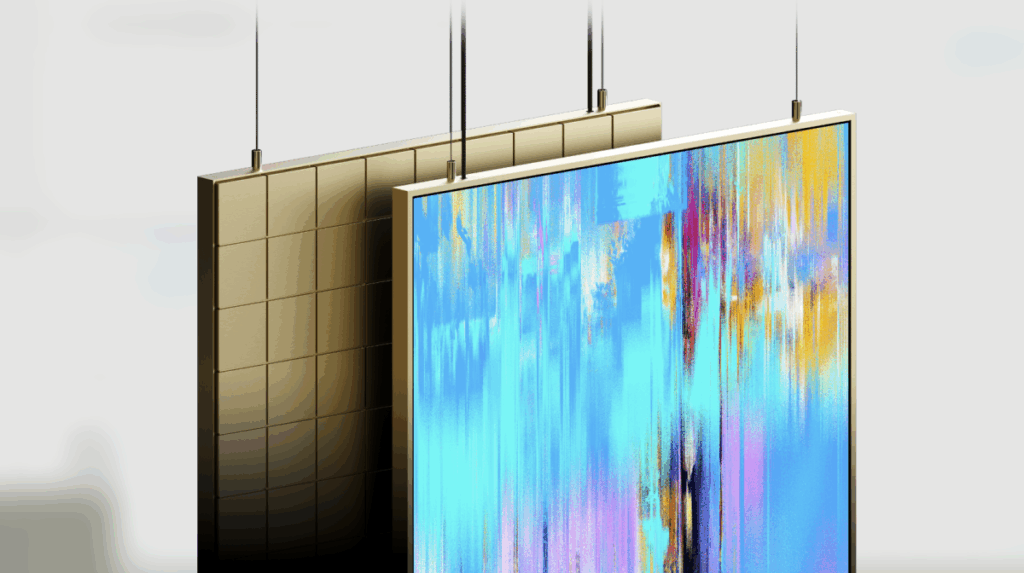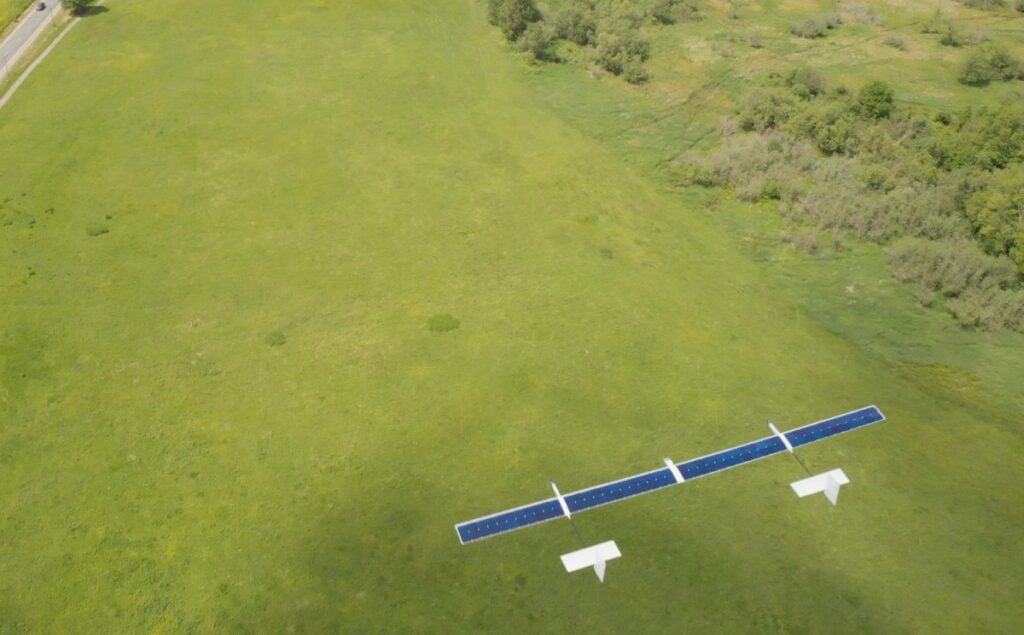Angelo Sotira started the online digital art platform DeviantArt when he was just a teenager, growing a formative community for millions of artists in the 2000s. Twenty-five years later, Sotira wants to change digital art again, but with a focus on the way it’s displayed.
On Thursday, Sotira revealed his new venture, Layer, a screen specifically designed to showcase digital art in the best quality possible.
“The way that the canvas needs to perform and behave in your life is quite different than other types of displays,” Sotira told TechCrunch. “It needs to blend into beautiful environments.”
The closest point of reference that the average consumer would have for a product like this is Samsung’s The Frame TV, which looks like a painting hung on the wall when it’s not turned on. But Layer takes that kind of feel to an even more premium level — unlike The Frame, Layer is not a consumer product, and it’s not trying to emulate static paintings or photographs.
“They’re $22,000, so that kind of tells you a lot about who that’s for,” Sotira said. “We spared no expense and we spared no effort. We made no compromise in producing what is actually, in our opinion, the very best way to display digital art on a wall.”

When Sotira talks about digital art, he isn’t talking about digital photography or videos.
Layer is working with hundreds of artists like Casey Reas, who makes generative AI art — no, not the kind of generative art you get from ChatGPT, which is created with LLMs that use other artists’ work without their consent. Instead, many of these artists are writing their own software to create digital AI artworks that change over time according to what the code says.
But these artworks, like most AI software, require a lot of computing power to execute. That’s part of why Layer is so pricey — it needs the technological capacity to display these new kinds of works.
“You’re looking at an over 35-year history of extraordinary artists developing the medium of code-based art and essentially, the pixels on the display are being governed by the code that’s been written that runs live on that GPU, rendering it in full resolution,” Sotira said. “It’s actually controlling every pixel, so it’s not going through any compression algorithms.”
Sotira is well aware that he’s not the first entrepreneur to try to create a better way to display digital art — when he was at DeviantArt, he was pitched on products like Layer all the time. But because of this, he knows what was missing from the products that were pitched to him in the past.
“One of the driving principles is that you can plug it in, turn it on, and leave it alone, and it should know how to sequence art for you,” he said.
In his experience, he enjoys tinkering with these devices for a few weeks, but then it becomes tedious to continue updating the display, so he wanted his own canvas to be more self-sustaining.
“It’s going to be on your wall for five years, so it has to play really, really well in your life.”

Layer seems like a highly expensive and very niche product, but some venture capitalists and entrepreneurs are betting on it. While in stealth, the startup raised $5.7 million in funding from Expa Ventures, Human Ventures, and Slauson & Co., plus angels like Twitter co-founder Evan Williams and Behance co-founder Scott Belsky.
The company’s ambitions extend beyond selling hardware to display art. With a Layer canvas, owners get subscription access to a collection of art from the digital artists that Layer partners with. Then, those artists are paid royalties based on the amount of time their works are on view.
“We put artists first, and that’s kind of the core mission and philosophy of Layer,” Sotira said.


